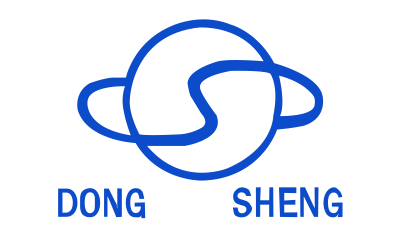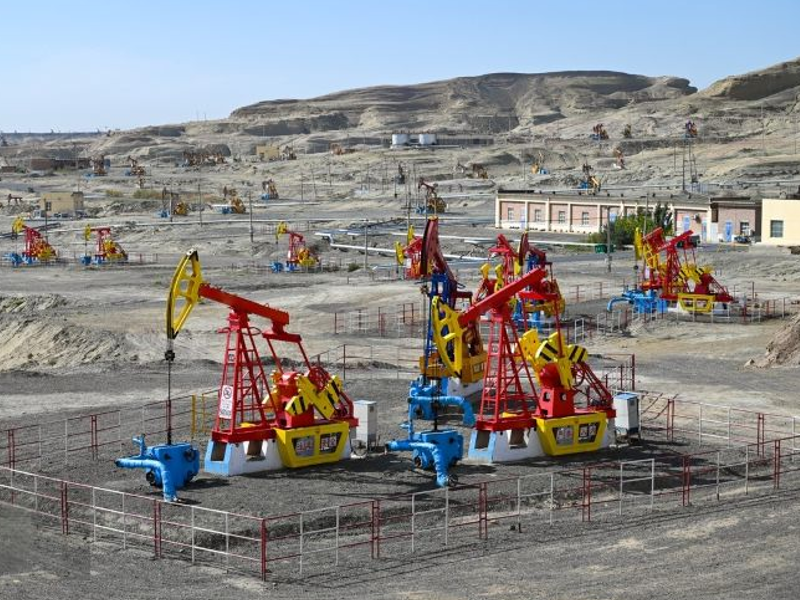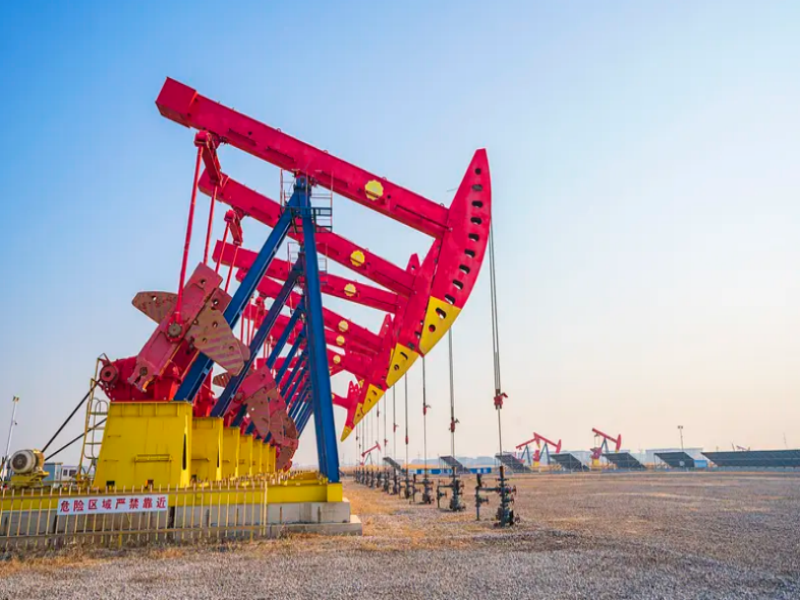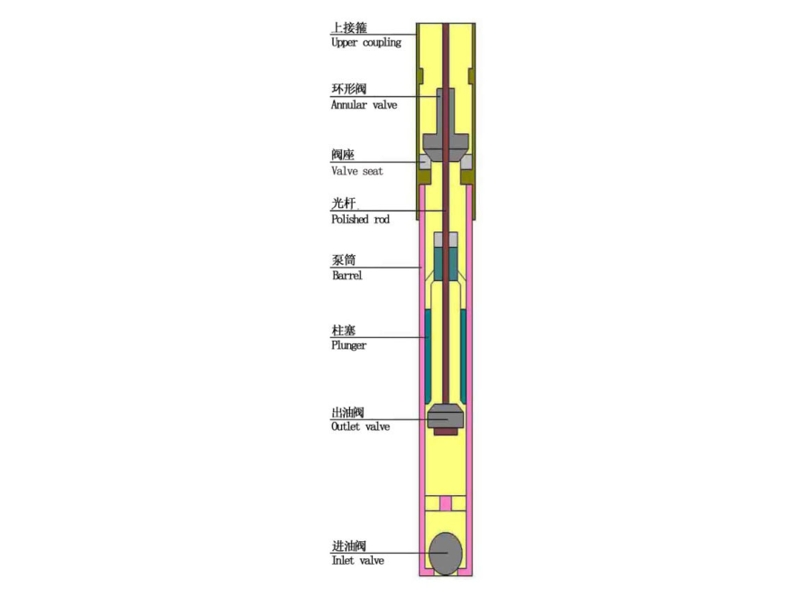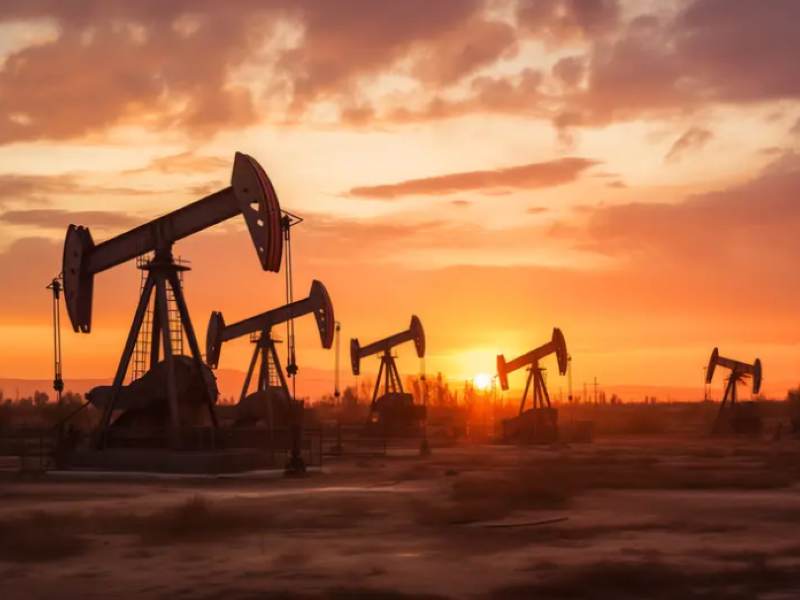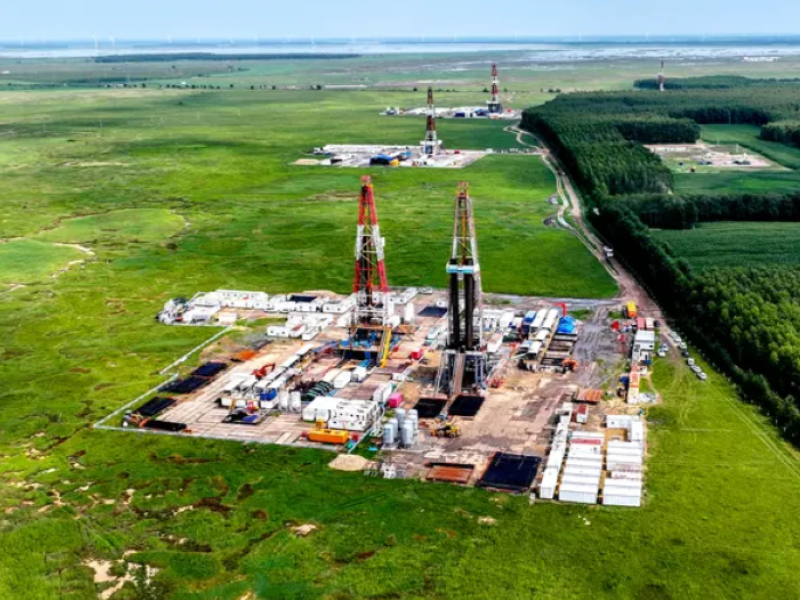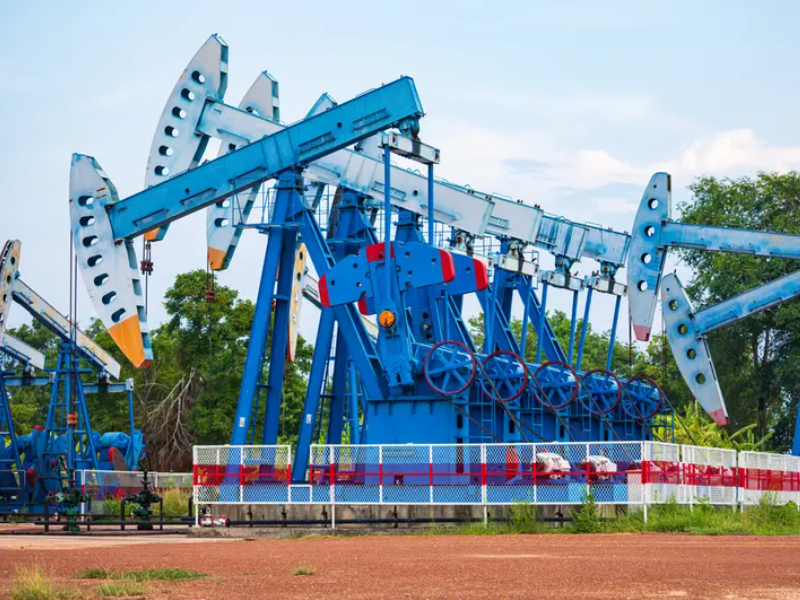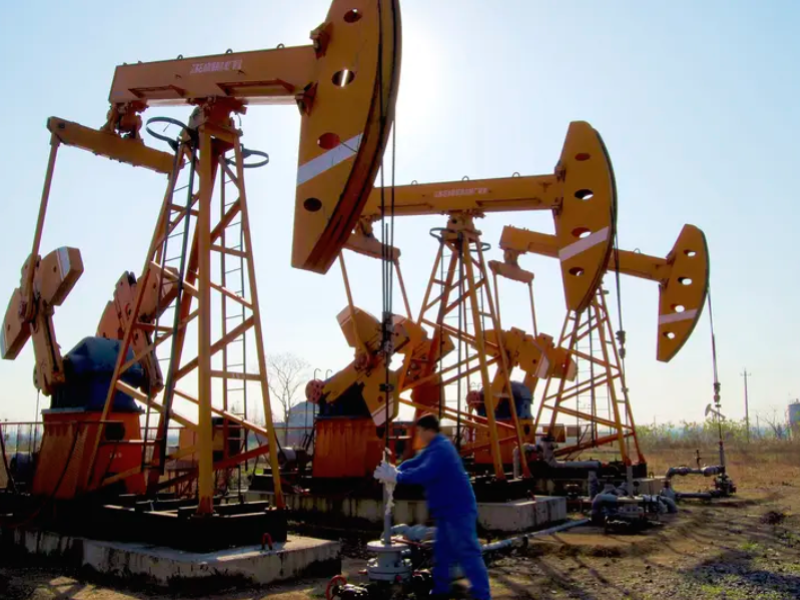09-01/2025
Definition of Shale Oil:
Shale oil refers to petroleum stored in organic-rich, nanoscale pore-bearing shale formations. It is the abbreviation for mature organic shale oil. Shale is both a source rock and a reservoir rock for oil. Shale oil exists in adsorbed and free forms and is generally light in weight and low in viscosity. It is primarily stored in nanoscale pore throats and fracture systems, distributed along or parallel to lamellae. Organic-rich shales generally accumulate over large, continuous areas in the center of a basin, are generally oil-bearing, and have a large resource size. Key factors in evaluating the "core zone" of shale oil include reservoir space distribution, reservoir brittleness index, shale oil viscosity, formation energy, and the size of the organic-rich shale. The successful extraction of shale gas provides a technical reference for shale oil extraction. "Artificial permeability" stimulation technologies, such as horizontal well volume fracturing and refracturing, are key technologies for the effective development of shale oil. Among shale oil resources, condensate oil or light oil may be the primary types for industrial production [6,11]. Condensate and light oil molecules have a diameter of 0.5 to 0.9 nm. Theoretically, they are more easily flowable and recoverable within the nanoscale pore throats of shale under high temperature and high pressure underground.
